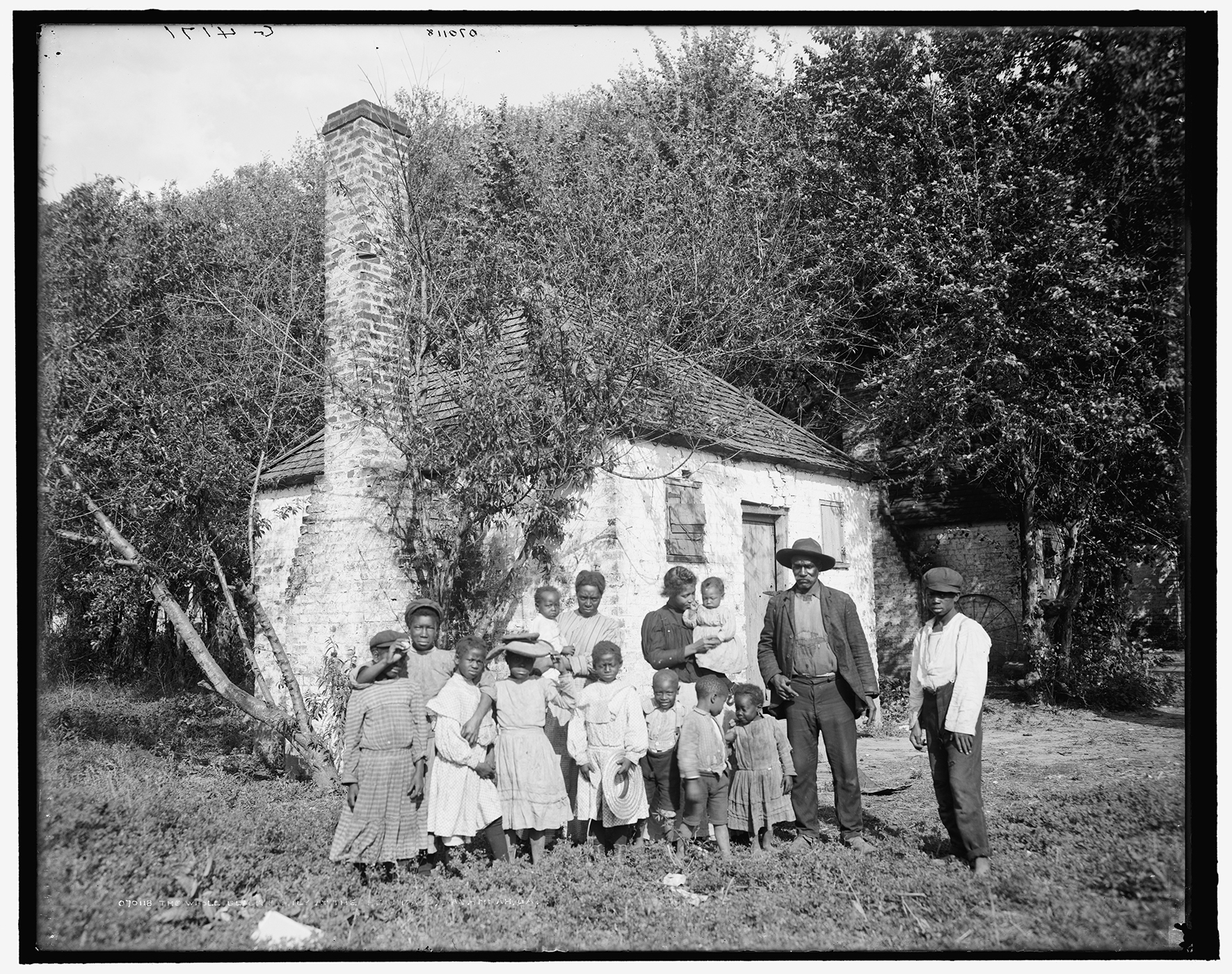

Extensive research on slavery has been conducted by the Colonial Williamsburg Foundation (CWF) over the decades. Since 1980, the Architectural Research Department has been actively conducting architectural surveys and historical research of domestic slave buildings, making it the second largest collection of documented slave houses. The vast knowledge of the architectural historians and the immense level of detail put into the drawings and reports make the collection at Colonial Williamsburg unparalleled.
Fieldwork forms the core of research at CWF. The architectural historians use houses they have studied in the field to develop a narrative about architectural change in the region. Fieldwork involves three overlapping efforts: recognizing changes, sorting out dates, and discovering variability that reveals human choice and ideology. All three focus on historic use and meaning. The objective is to read the physical evidence as a means of understanding past intentions and patterns of behavior. This approach is sometimes called building archaeology because it involves uncovering and recording layers of evidence.



For four years in a row (2014 – 2017) I was awarded the Fellowship in African and African American History and Culture from the National Endowment for the Humanities We the People Grant and the John D. Rockefeller, Jr. Library, Colonial Williamsburg Foundation. For my fellowships I worked with the Architectural Historians to digitize the entire Agricultural Buildings Project collection. I scanned over 5,000 measured drawings, fieldnotes, photographs and written reports. These scanned files are extremely valuable because the majority of them represent unpublished documents. CWF has surveyed over 700 sites in the United States. Of these over 200 sites have a domestic slave building.

